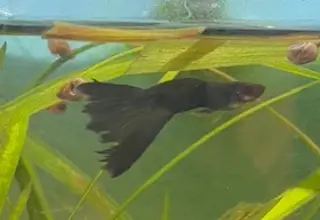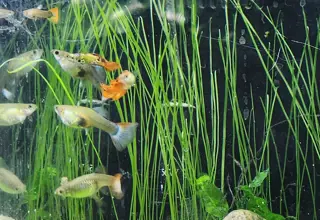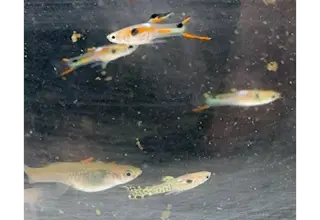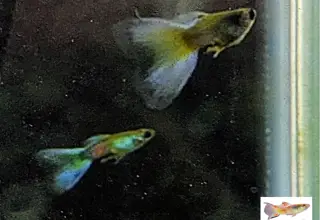10 Best Cichlids for a 55 Gallon Tank
Posted by on 08/12/2023
So you have a 55-gallon tank and are considering building out a cichlid aquarium. With a tank this size, there are plenty of different types of cichlids you can successfully care for. African Cichlids, Dwarf Cichlids, and New World Cichlids can all make potential tank additions, but which should you choose?
In this post, we're going to recommend 10 of the best cichlids you can own in a 55-gallon tank.
December's Giveaways on Light Fish
Our Top 10
Before we dig into some of these fascinating fish, hobbyists should be well-versed in the intricacies of keeping cichlids. These fish can be quite aggressive, and there are key differences between species. African cichlids are quite different from south american cichlids, and the term "dwarf cichlid" can refer to any small-sized cichlid, but is often used to refer to species of Apistogramma.
As a hobbyist, it's your responsibility to research the care requirements of each individual fish, so that you can provide them with the best life possible.
Electric Yellow Lab
Arguably one of the most popular African cichlid mbunas, is the Electric Yellow Lab (scientific name: Labidochromis caeruleus). Known for its bright yellow coloration, the fish will grow to be about 15 inches in length.
Slightly smaller than some of the other cichlids on this list, the Electric Yellow Lab can be kept in smaller-sized tanks, but for hobbyists with a 55-gallon, the Electric Yellow Lab can even be featured in a community aquarium.
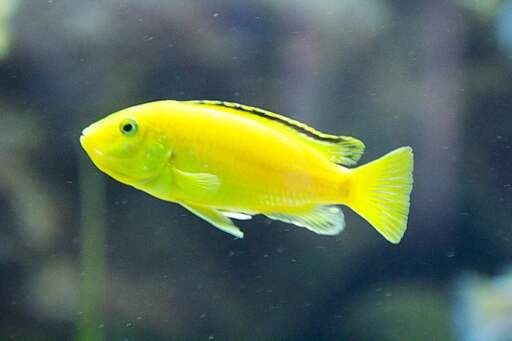
Demasoni Mbuna
Next on our list is another African Cichlid Mbuna known as the Demasoni (scientific name: Pseudotropheus demasoni). The species has a bright, iridescent blue coloration, broken up by thick vertical black bands that extend throughout the length of the fish's body.
The Demasoni is a popular type of Mbuna, but hobbyists looking to stock their tanks with these fish should proceed with caution. They're known to have an aggressive temperament and should be kept in a species-only tank, with one male for 3 females. We have seen the fish co-exist with the Electric Yellow Lab, but the fish should be introduced at the same time to prevent territorial disputes.
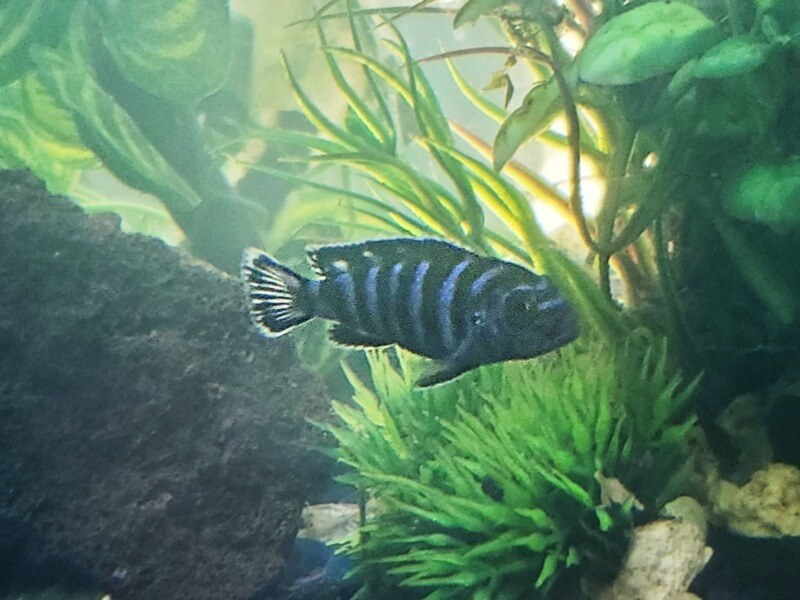
Cuban Cichlid
The Cuban Cichlid (scientific name: Nandopsis tetracanthus) is a large fish that grows to be about 10 inches in length. While a fish this size will require a tank that's over 100 gallons, a single Cuban Cichlid can be kept in a 55-gallon tank, but you'll need to provide plenty of rock work and durable live plants to keep the fish stimulated. For hobbyists new to aquascaping, we've provided a few cichlid tank ideas for those looking to build a picturesque tank.
These fish are known to be big eaters, and if you're considering a Cuban for your next fish, we cover everything you'll need to know in our care guide: Cuban Cichlid: Care, Size, Appearance, Tank Mates & More.
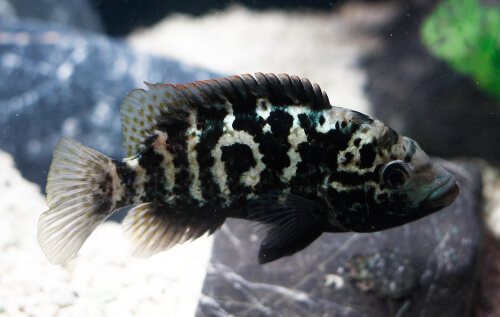
Dragon Blood OB Peacock
Another category of African Cichlids are known as Peacocks (scientific name: Aulonocara), and unlike Mbunas, these fish are known to be less aggressive.
Throughout the years, the species has been crossbred to produce some of the brightest colors seen in cichlid-keeping, and the Dragonblood OB is at the top of the list. The fish can be hard to acquire, but its red and blue coloration makes it highly sought after among hobbyists. Best of all, the fish will only reach an adult size of about 5-6 inches, making it perfectly suitable in a 55-gallon tank.
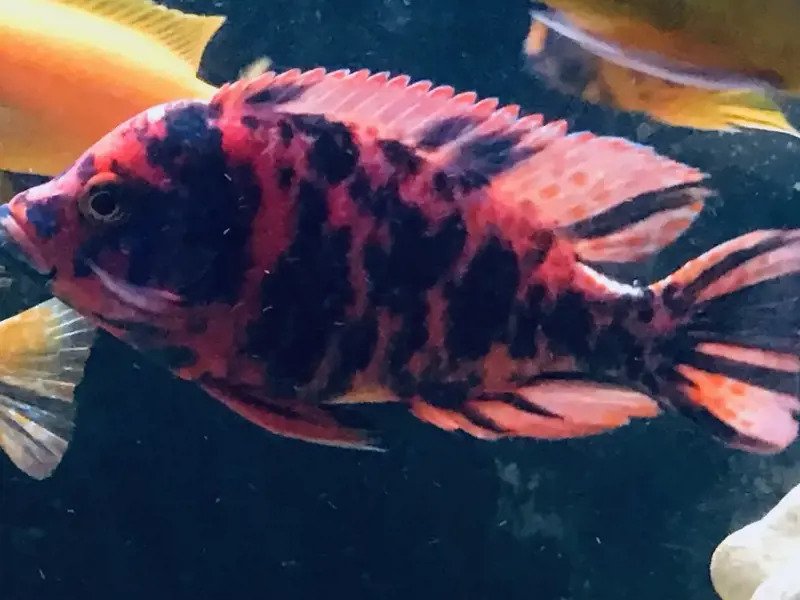
Blue Dragon Blood Peacock
The second Peacock on our list of best cichlids is the Blue Dragon Blood. Native to Lake Malawi, these Aulonocara species have bright-blue colored faces, with amber colorations seen throughout their bodies, dorsal, caudal, and pelvic fins.
Similar to other Peacocks, the Blue Dragon Blood reaches an adult size of about 6 inches and is a relatively hardy and easy-to-care-for species.
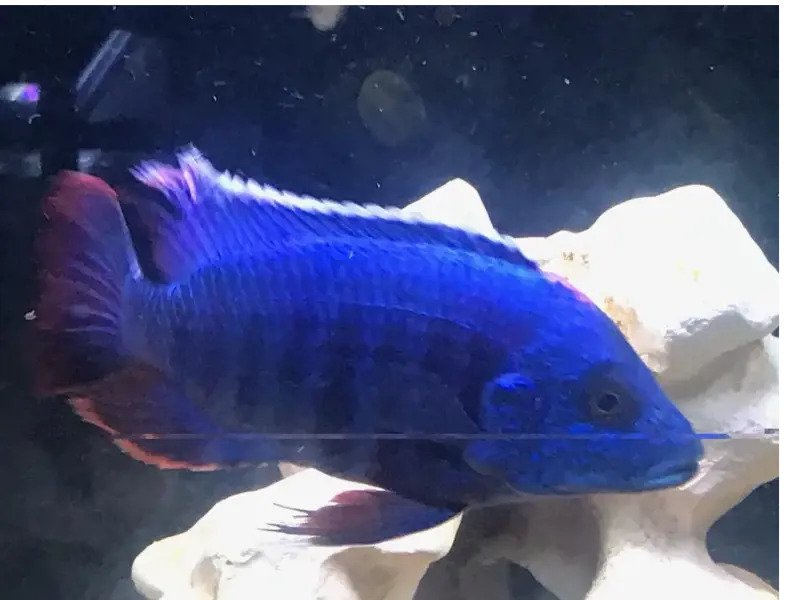
Electric Blue Jack Dempsey
Rarer than the Jack Dempsey fish, the Electric Blue Jack Dempsey is more than a fish that packs a punch. Often abbreviated as "EBJD fish", the Electric Blue Jack Dempsey is less aggressive than the standard Jack Dempsey fish, and exhibits a coloration that rivals many saltwater fish.
The fish's bright blue body shimmers when under direct lighting, and is covered with a unique tiger-like pattern. However, once the fish reaches the end of its lifespan, around 12 years of age, the bright coloration will begin to turn a bit more dull. Still, owning this fish is a rewarding experience, and hobbyists shouldn't pass up the opportunity if they can find one available.
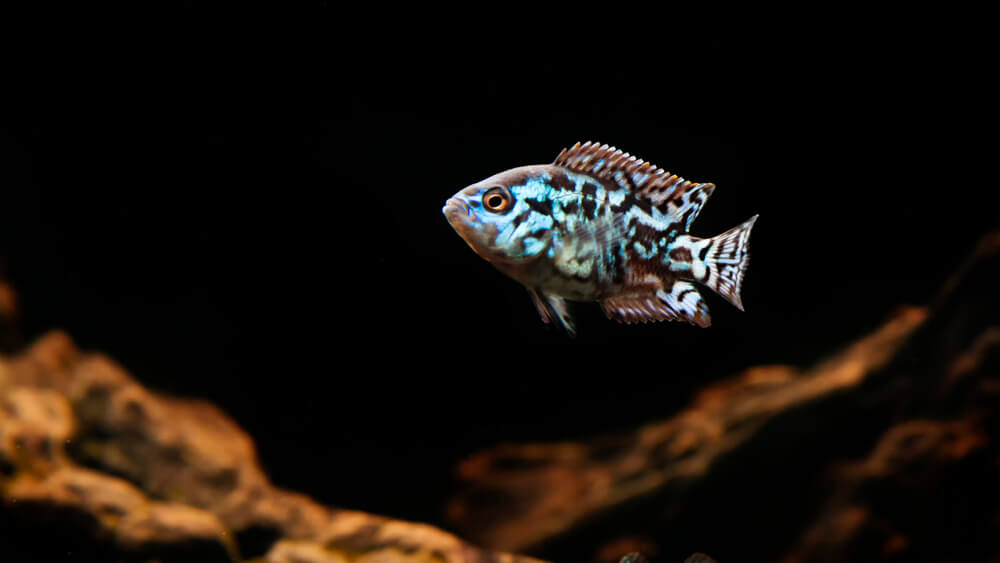
Turkana Jewel
Considered to be a Dwarf Cichlid, but also found under the African Cichlid categorization, the Turkana Jewel (scientific name: Hemichromis exsul) is a rose-colored fish that will only grow to be about 3.5 inches in length.
🛒 Shop Freshwater Fish on Light Fish
Their smaller size makes them an excellent choice for smaller aquariums, but in larger tanks, they're often featured in community setups. Congo Tetras and other species native to Africa, such as the Synodontis Catfish are common additions in these tank configurations. The intensity of their colors varies, with some producing a vibrant red coloration, while others may be more peach. The dorsal fins are adorned with iridescent blue speckles, making the species sought after and hard to come by.

Electric Blue Texas Cichlid
Similar to the Cuban Cichlid, the Electric Blue Texas Cichlid (scientific name: Herichthys carpintis) is a large cichlid species with a bold personality and attractive appearance. These fish are quite rare, and hobbyists may need to shop our marketplace to find one for sale.
Native to Northern Mexico, the species is quite aggressive. If you plan on purchasing a tank larger than 55 gallons, you'll be able to pair this species with other aggressive tank mates, such as the Cuban and Electric Blue Jack Dempsey. However, if a 55-gallon tank is what you're working with, you'll be limited to keeping a single fish.
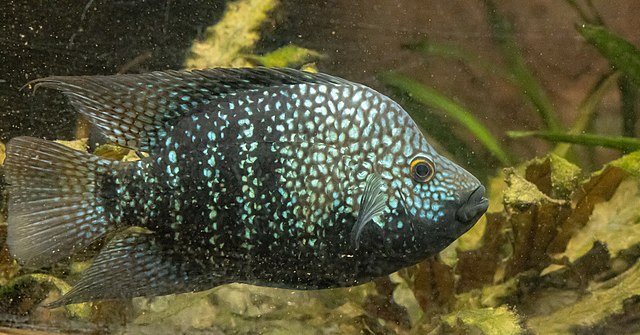
Convict Cichlid
Next on our list is a classic New World Cichlid, known as the Convict Cichlid. Occasionally referred to as the Zebra Cichlid, these fish are well-studied and have been kept in the hobby for decades. The species has an omnivorous diet and can be found in the wild swimming throughout the lakes and streams of Central America.
Named after its appearance, which resembles the striped prison uniforms of British convicts, the fish are relatively small, reaching an adult size between 4 to 5 inches in length. This small size only requires a 20-gallon tank, but multiple can be kept in a 55-gallon. Similar to other cichlids, aim for 1 male for every 4 females if you plan on keeping a group of these fish.
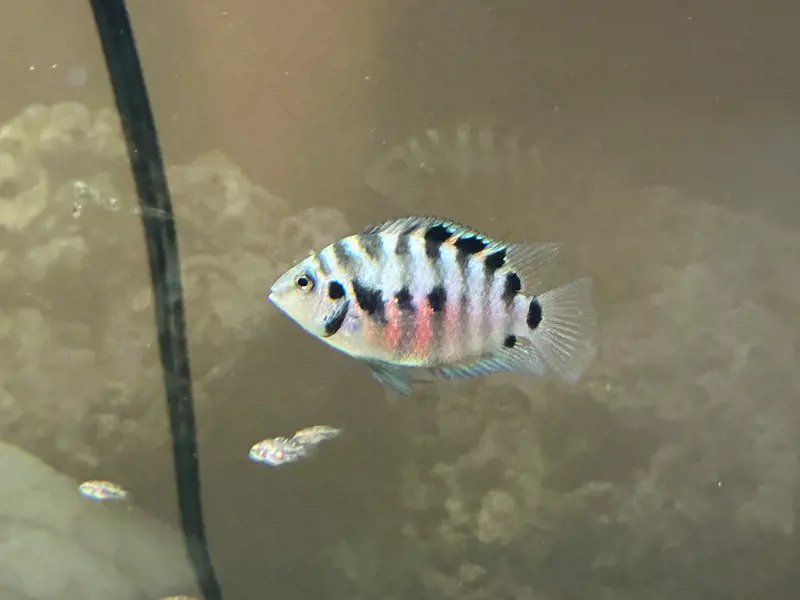
Snow White Cichlid
Last on our list is the Snow White Cichlid (scientific name: Pseudotropheus socolofi). The fish is a naturally-occurring color variant of the Powder Blue Cichlid and is native to Africa's Lake Malawi.
Relatively easy to care for, this Mbuna albino will grow to be about 6 inches in size and requires a 50-gallon tank at a minimum. Similar to other albino fish, the species can be hard to find but is quite rewarding to keep. Hobbyists should be aware that the fish is susceptible to a disease known as Malawi Bloat, which we cover in our care guide for the species: Snow White Cichlid: Appearance, Care, Lifespan, Breeding & More.
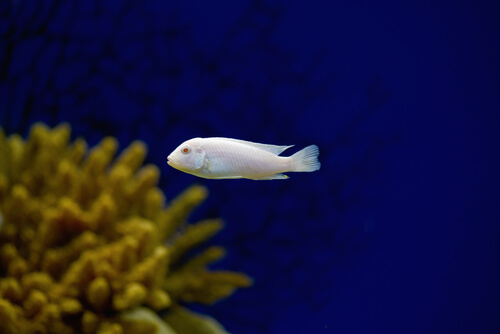
Conclusion
If you're the proud owner of a 55-gallon tank, it's easy to see that there's no shortage of cichlid stocking options to choose from. Hobbyists love caring for cichlids for a reason - their unmatched beauty, fascinating personalities, and unique history make them some of the most sought-after fish in all of fishkeeping.
Now that we've provided a few of our favorites, which do you think you'll go with? Let us know in the comments below, and be sure to visit our marketplace where you may find some of these fish up for sale by hobbyists in your area.
December's Giveaways on Light Fish


